Where and how to celebrate the Day of the Dead around the world?
From Mexico to the hilltops of India, discover how each culture celebrates the Day of the Dead
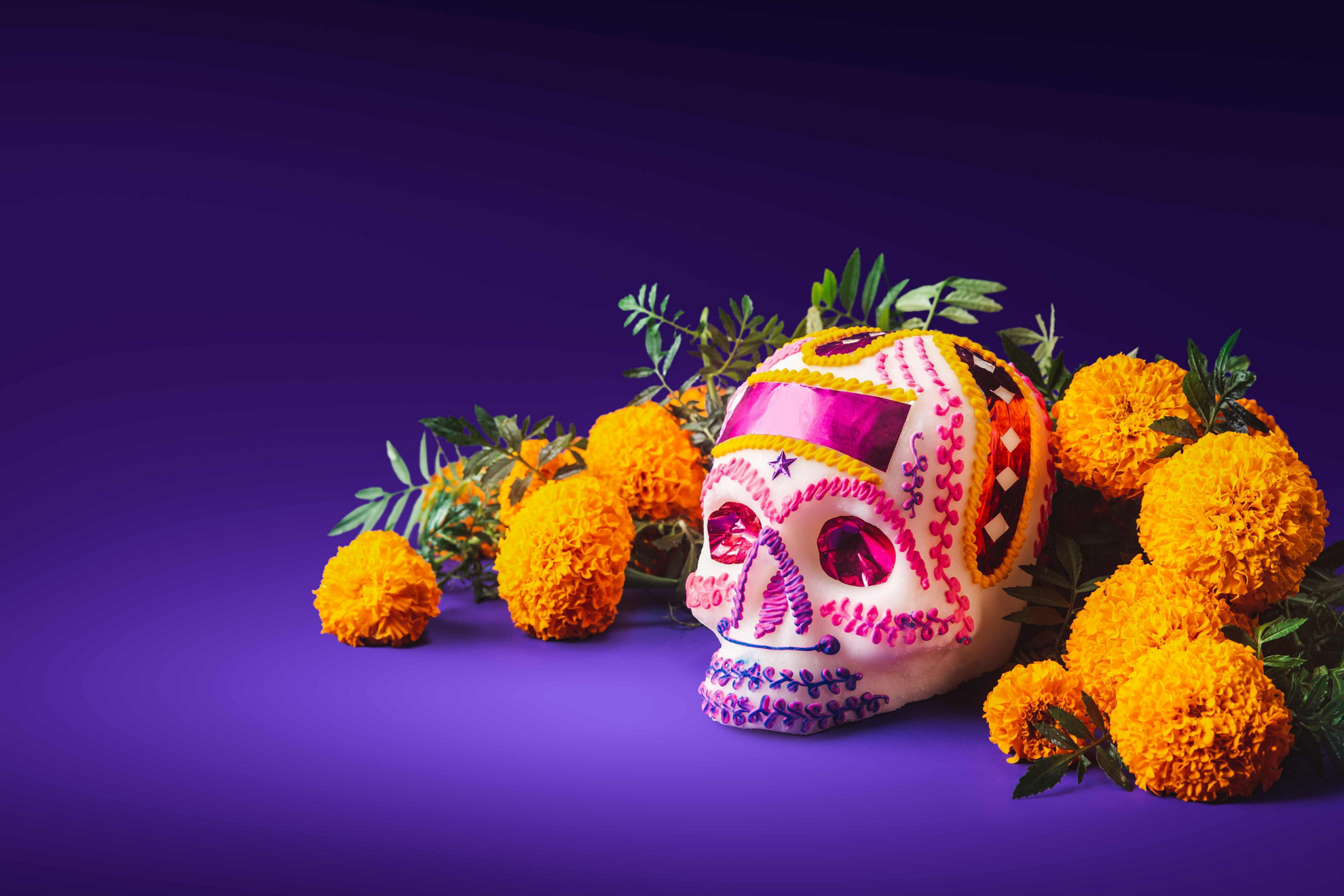
Across the world, it is not uncommon for different cultures to mark a day to celebrate ancestors who are no longer in the living realm. These celebrations range from lively and colourful festivals to spiritual and sometimes serious affairs. Over the years, as civilisations develop, these celebrations have mingled together but despite the universal themes, each country maintains their own customs and traditions when it comes to honouring the departed. From the colourful celebrations in Mexico to the bewitching pagan rituals in Ireland, there are endless ways to honour your ancestors while on your travels. Discover the fascinating ways that people celebrate the Day of the Dead around the world and start planning your next holiday around this captivating festivity.
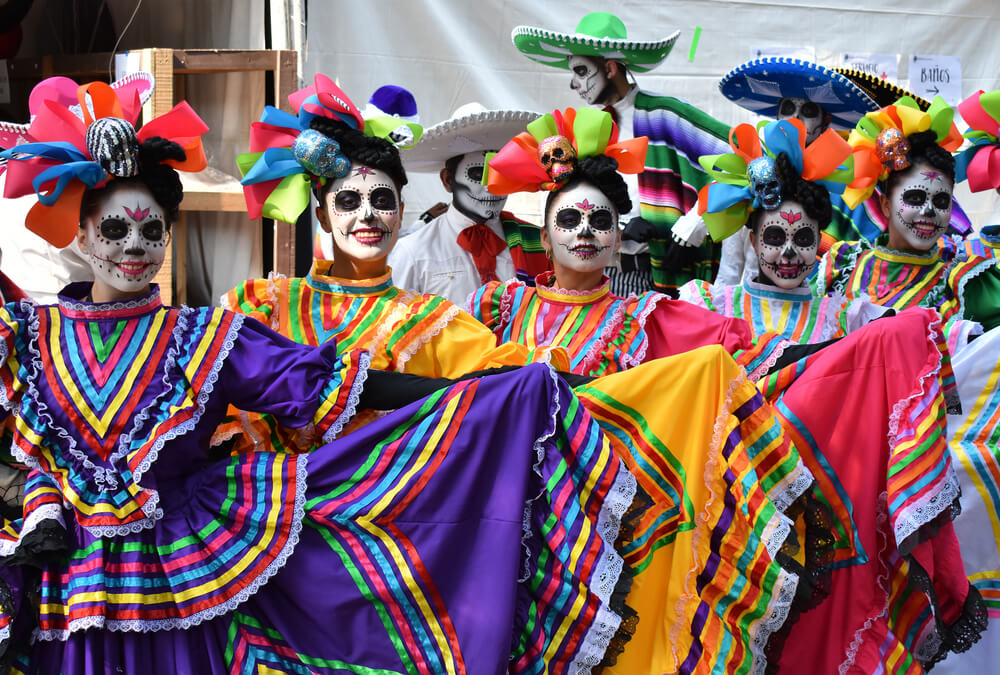
Day of the Dead celebrations in Mexico
How is the Day of the Dead celebrated in different countries?
Each country and culture have their ways of honouring the dead. Yet, one of the most famous celebrations has to be El Día de Muertos in Mexico. However, Mexico isn't the only place to dedicate an entire day to celebrating long-lost loved ones. In the Western world, Halloween takes centre stage, eclipsing any other festivity like it. Yet, in the Roman Catholic calendar, All Soul’s Day echoes the essence of Mexico’s Day of the Dead. Further afield, India, China, Korea and the Middle East are just some of the places where you can experience lavish celebrations honouring the dead. Read on to discover more about these festivities and how you can take part in them during your stay.
How is the Day of the Dead celebrated in Latin America?
When discussing the Day of the Dead around the world, one of the most obvious places to begin is Latin America. Home to the famous Mexican celebrations, this region is rich in folklore, rituals and tradition. Journey through the continent’s culture as you join in the celebrations and discover who celebrates the Day of the Dead in Latin America. Get ready to come together, remember loved ones and rekindle ancient traditions on your travels.
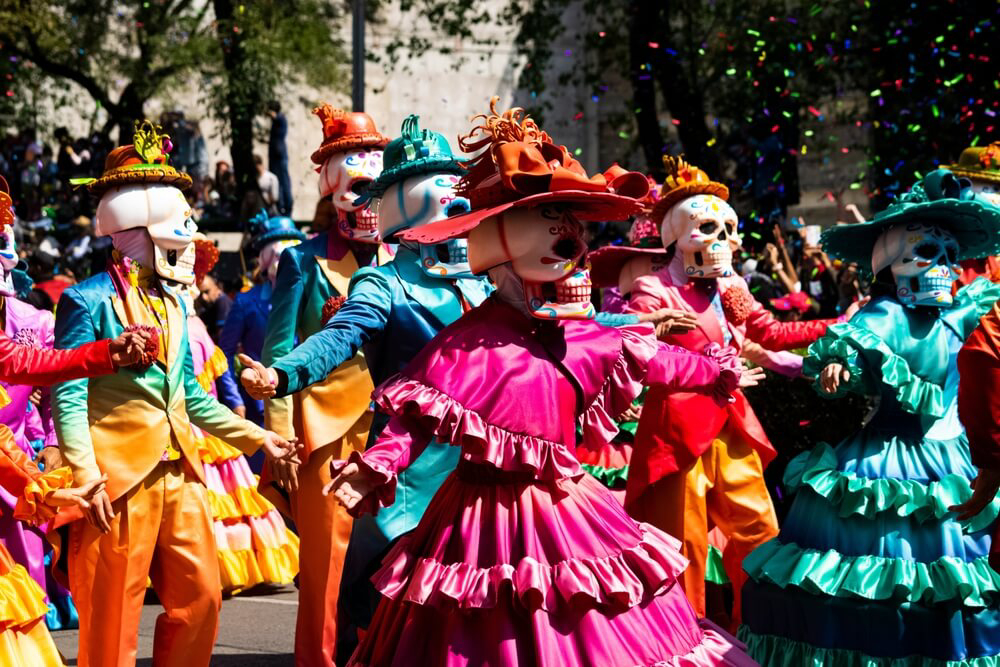
A Day of the Dead parade in Mexico
Mexico- Day of the Dead celebrations:
If there’s one country that comes to mind when we think of the Day of the Dead, it’s Mexico, whose festivities have been declared Intangible Cultural Heritage by UNESCO. The origins date back to the pre-Columbian period. The ancient rituals were presided over by the Goddess Mictecacíhuatl, known as "Lady Death" and wife of Mictlantecuhtli, the lord of the land of the dead. As part of the ritual, skulls kept as trophies were put on display and there was singing and dancing to venerate the deceased and pray for good luck in the land of the living.
Nowadays, when people visit the graves of their loved ones they bring offerings such as cempaxúchitl flowers (marigolds) or foods that the deceased was fond of, to invoke their spirits
Nowadays, when people visit the graves of their loved ones they bring offerings such as cempaxúchitl flowers (marigolds) or foods that the deceased was fond of, to invoke their spirits. In different parts of Mexico like Oaxaca, Mixquic and Pátzcuaro, the ceremonies attract thousands of people, who come out to remember their deceased friends and family members. If you are planning on visiting Mexico on the 1st-2nd November you can be sure to witness this vibrant, magical feast day.
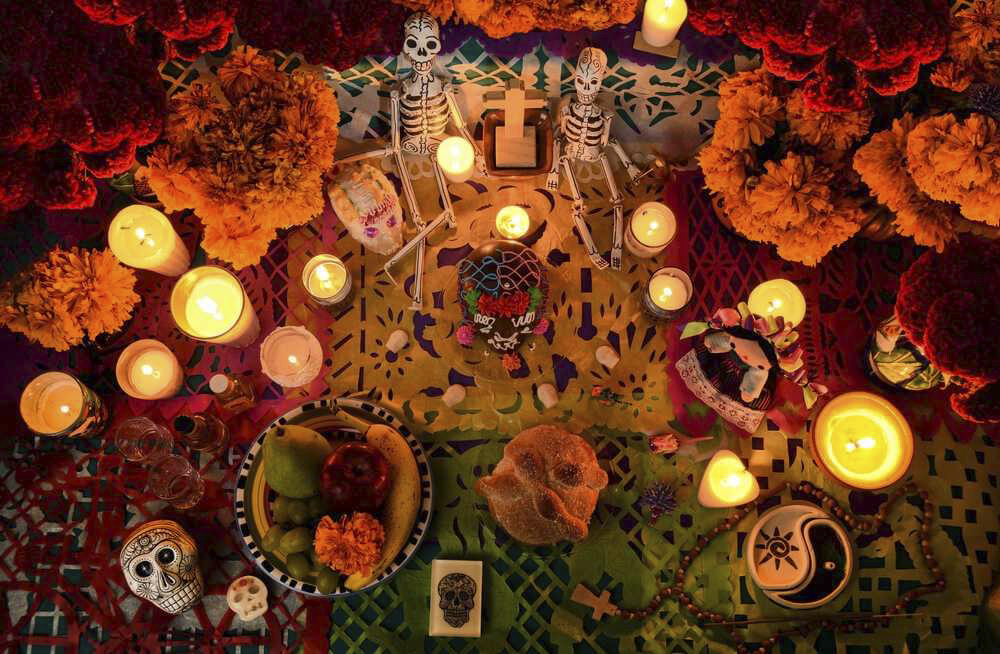
A Mexican Day of the Dead altar
The Kite Festival of Guatemala
If you are planning to visit Guatemala, make sure you plan your trip around the spectacular kite festival held in the towns of Santiago Sacatepéquez and Sumpango on November 1st. To honour deceased ancestors, townspeople create elaborate kites some reaching a giant 30 ft in diameter. These are flown on November 1st in an amazing display that brings families together and fills the sky with colour. The kites are made from all-natural materials and prayers and blessings are handwritten and fastened onto the tail of the kite so that the spirits can read them when it is in flight. The octagon shape of the kite is said to resemble the Mayan concept of the four directions: North, South, East and West with the additional four points representing the crown of the Sun. Families outside this region still partake in Guatemalan traditions and it is common to celebrate the dead by decorating the graves of loved ones with flowers, incense and sharing a picnic with family and friends at the cemetery.
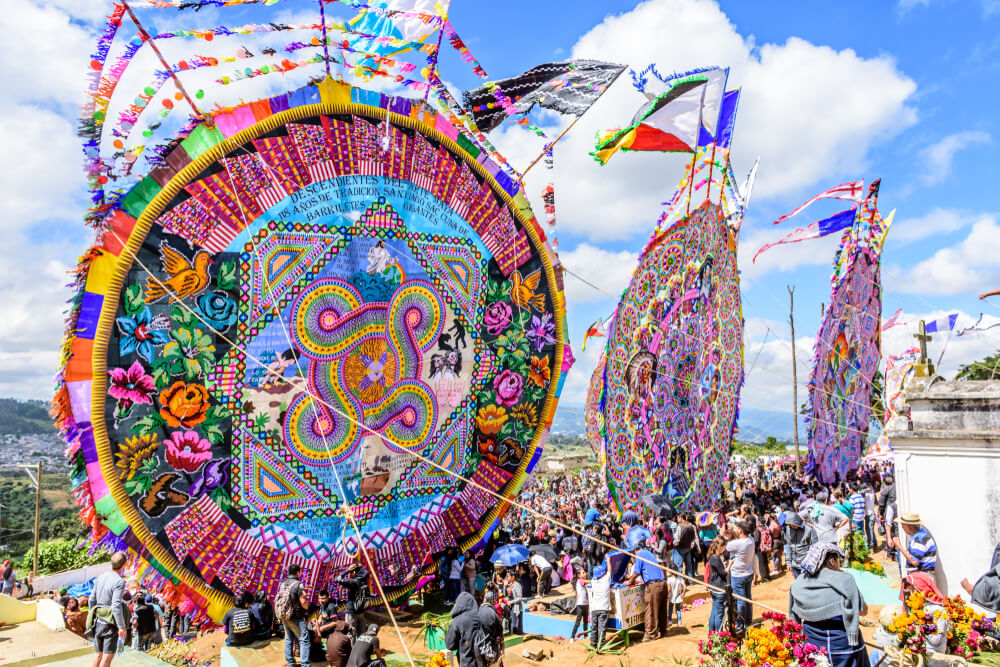
The Guatemala Kite Festival
Nicaragua’s Day of the Dead
Unlike the vibrant, colourful celebrations in Mexico and Guatemala, visitors to Nicaragua will find a more sombre scene. Yet, there is one common theme of the Day of the Dead around the world and that is the visit to the family tomb - the key event in Nicaragua’s celebrations. On the 2nd of November, the cemeteries come to life with families busy renovating the tombstones of loved ones and filling them with candles, flowers and offerings. Vendors sell food and drink creating a welcoming ambience that invites those gathered to join in festive cheer as they clean the graves and honour their long-lost ancestors.
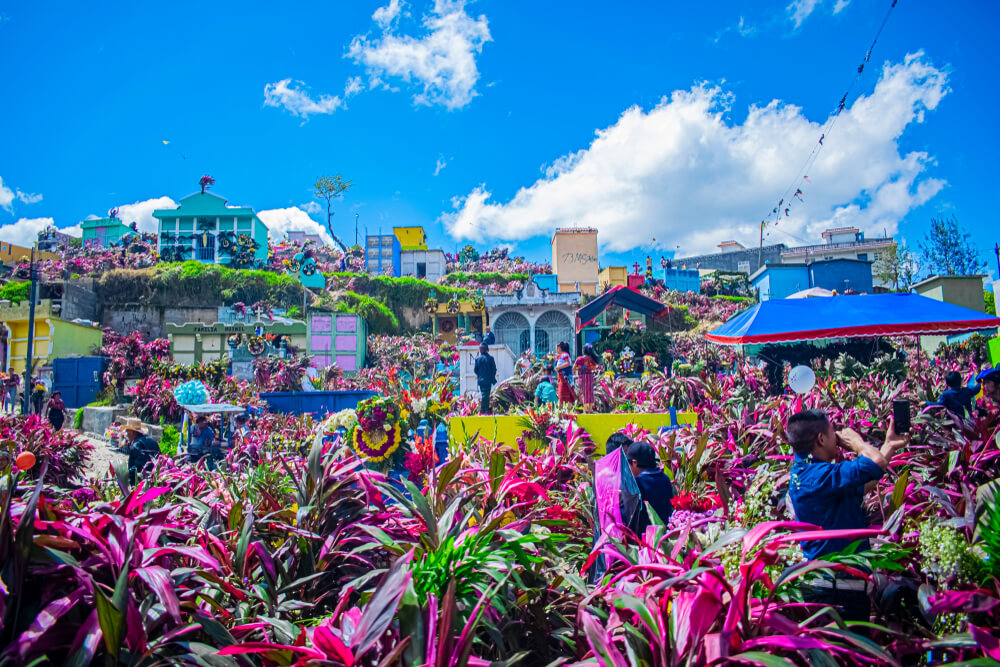
A cemetery in Nicaragua
Where else do they celebrate the Day of the Dead around the world?
Of course, it is not just Latin America that celebrates the deceased. Throughout Europe and the rest of the world, it is easy to see how to celebrate the Day of the Dead in different cultures. From the Irish Day of the Dead to the Hindu Day of the Dead, discover the similarities and fascinating facts about this spiritual feast day.
The Day of the Dead in Ireland
In Europe, the birthplace of Day of the Dead celebrations can be traced to Ireland. The origin of Western-style Halloween celebrations is “Samhain”, a Celtic holiday that falls on October 31st and means “the end of the harvest”. It represents the moment when villagers would store their provisions and sacrifice the livestock they would need to survive the winter. To scare the evil spirits away they would build large bonfires to protect the living.
To scare the evil spirits away they would build large bonfires to protect the living
Modern-day Halloween celebrations are much more pagan and Epicurean. At this time of year, people in Ireland typically eat a traditional fruitcake called Barm Brack which, like the Spanish Roscón de Reyes, also contains a hidden prize. A ring hidden inside the cake means you’ll marry soon, while a straw means you’ll have a prosperous year. Along with their barm brack the Irish drink Lambswool, a traditional cider-based beverage.
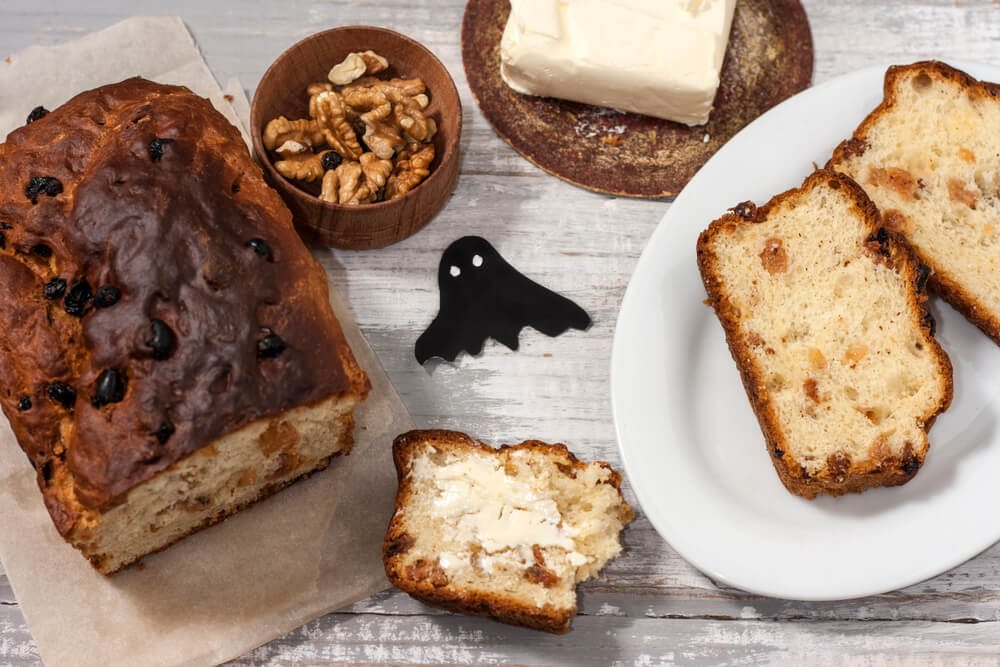
Traditional Irish Barm Brack cake
Halloween in the United States
Imported directly from Ireland, Halloween or All Hallows’ Eve has become one of the most important holidays in the US and a prime example of how people celebrate the Day of the Dead around the world. Halloween has retained its liturgical significance as a day to remember the dead. However, when they hear the word Halloween, most people think of carved pumpkins, skulls and spider webs and a day to dress in black and orange.
The practice of dressing up as monsters, ghosts, zombies and assorted other-worldly creatures has been popularised by movies and TV. For children, Halloween is all about trick-or-treating, a day when they dress up in costumes and go door-to-door through the neighbourhood asking for candy and treats from the neighbours.
If you’re looking for the quintessential Halloween party, look no further than New York City. Every year, the New York City Village Halloween Parade, which started in 1974, attracts thousands of people dressed in costumes who gather at 6th Avenue for a parade through Greenwich Village.
In Salem (Massachusetts), the city made infamous worldwide for its witch hunts, the annual Festival of the Dead is a mix of music, mediums and fortune tellers that is so popular among the locals that many of them go to great lengths to recreate cemeteries in their yards.
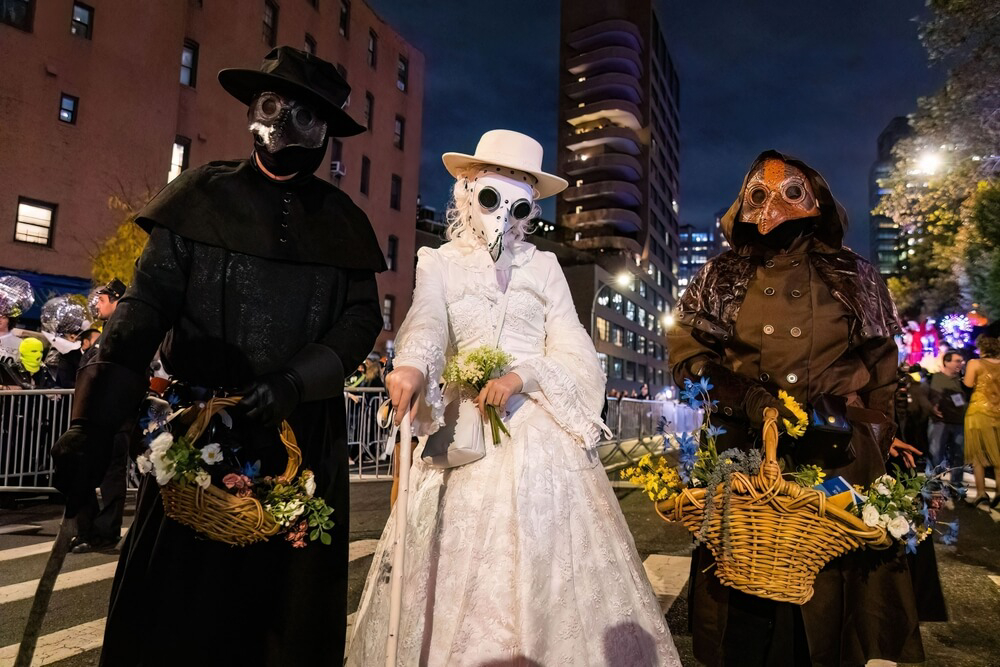
Halloween in New York City
Day of the Dead in Spain:
When we say that people celebrate the Day of the Dead around the world, we mean it! In Spain, All Saints' Day (Día de Todos los Santos) and All Souls' Day (Día de los Difuntos) bring a unique blend of religious reverence and intriguing local customs to the Day of the Dead celebrations. On All Saints' Day, which falls on November 1st, families across Spain flock to cemeteries to clean and decorate the graves of their ancestors. If you are visiting Barcelona and the surrounding areas, you'll also find traditional pastries called "Panellets" being shared among family members, symbolising the sweetness of remembrance. On All Souls' Day (November 2nd), it's customary to visit cemeteries again, lighting candles to guide the souls of the departed. If you are visiting Galicia, you may be surprised to see the Samaín celebrations, similar to the Irish Samhain celebration, which are deeply rooted in Celtic traditions. During Samaín, the Gallegos dress up in scary costumes, head to the street and celebrate the end of summer by carving pumpkins and eating traditional dishes. Some regions, like Andalusia, have a unique tradition known as "Tosantos". This can be enjoyed by visitors to Cadiz where markets, decorated with all kinds of nuts and dried fruits to celebrate the autumn harvest, open till late offering a festive atmosphere for families to celebrate together. It is not uncommon for stall owners to take the decorating one step further by dressing up the fruits and vegetables to create satirical scenes of everyday life. These celebrations beautifully blend spirituality with local flair, making them a captivating and heartfelt part of Spanish culture.
The Indian Day of the Dead
In India, both Shraddha and Mahalaya are celebrated with deep cultural and religious significance and can both be referred to as the Day of the Dead in India. Shraddha rituals are observed by Hindu families across the country, primarily during the Pitru Paksha, which usually spans from the lunar month of Bhadrapada to Ashwina, typically falling from September to October. During this time, families perform individualised rituals involving food offerings and prayers to pay homage to their ancestors and seek their blessings.
In contrast, Mahalaya holds particular importance in West Bengal and among Bengali communities throughout India. It occurs on the new moon day in the lunar month of Ashwina, usually about a week before the grand Durga Puja festival begins. On Mahalaya, people wake up early in the morning to listen to the enchanting Mahalaya Mantras, invoking the Goddess Durga and remembering their forebears. This marks the beginning of the festive season, leading up to the vibrant and eagerly anticipated Durga Puja celebrations, which are characterised by elaborate decorations, cultural performances, and community gatherings.
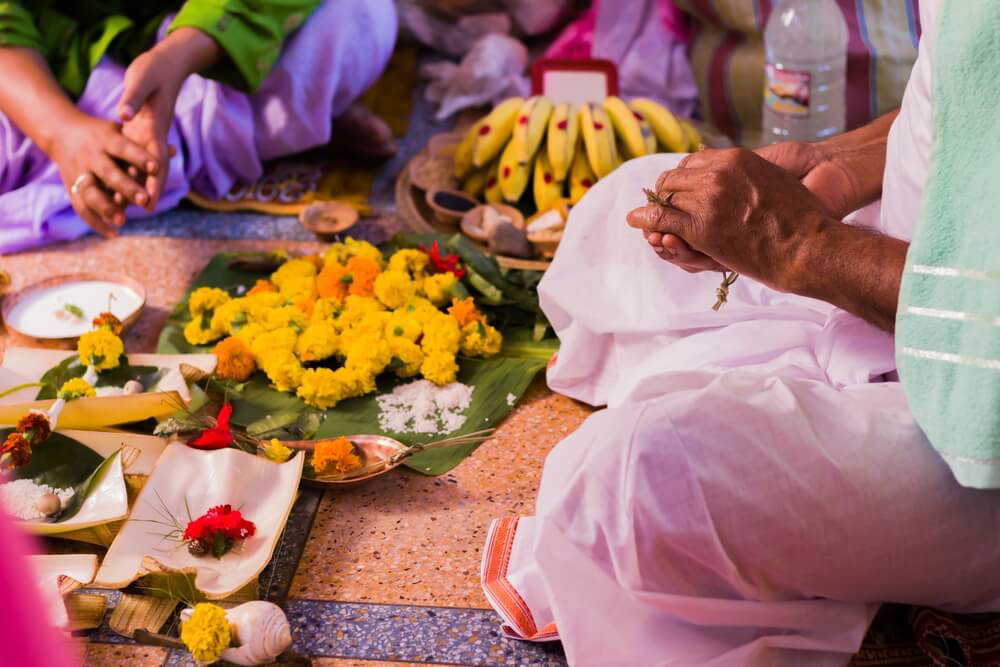
A traditional Indian funeral blessing
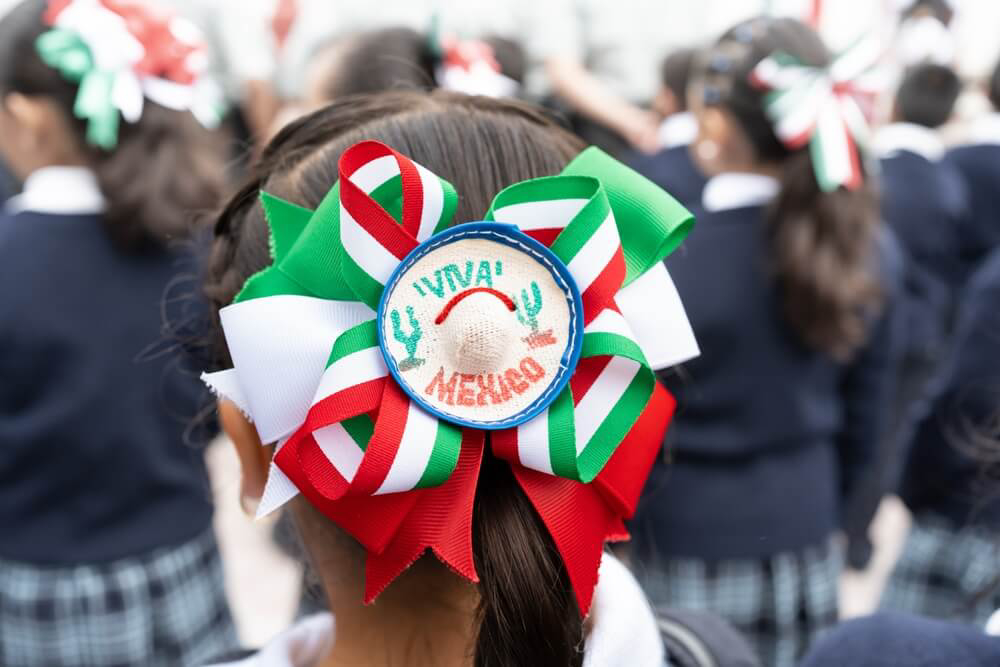
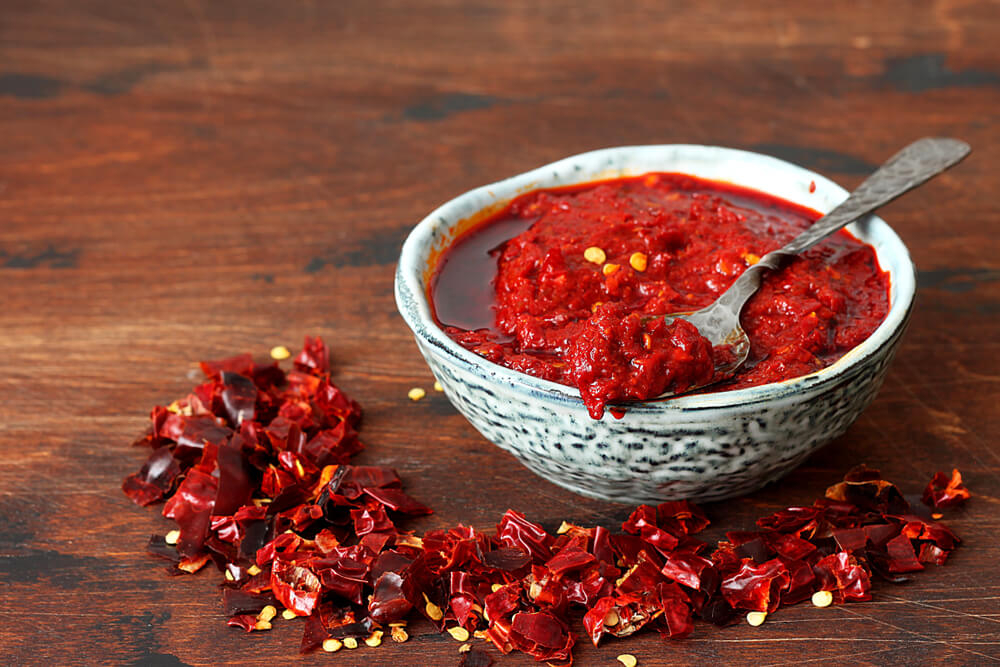
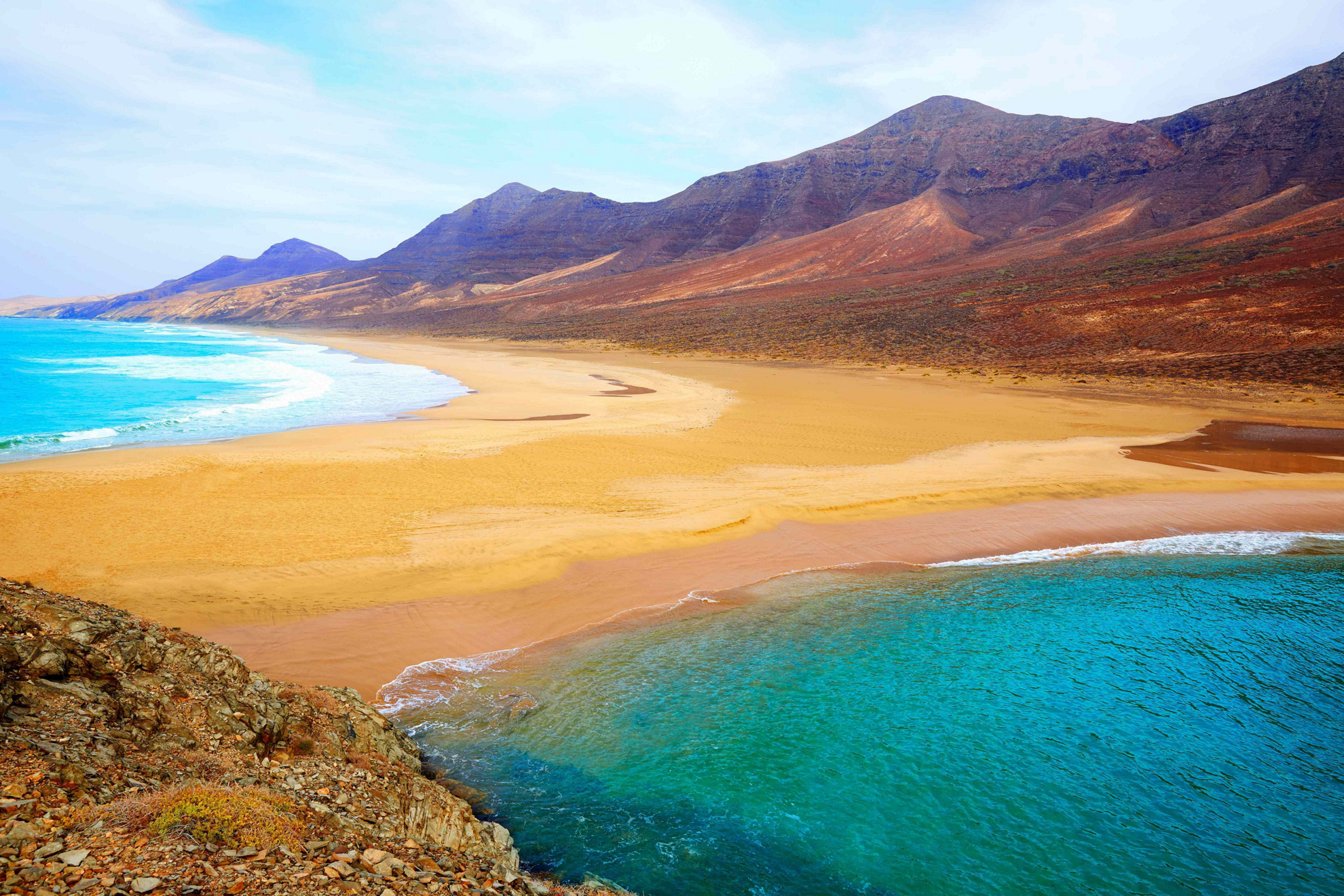

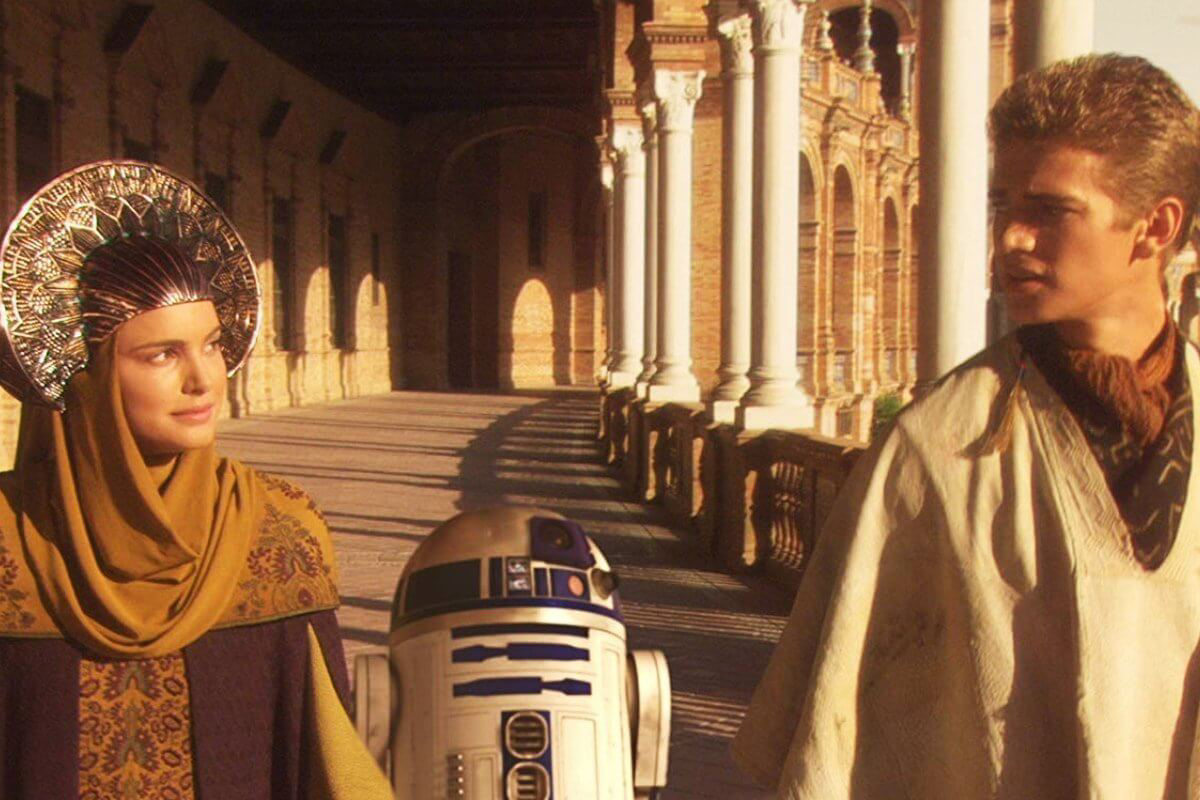

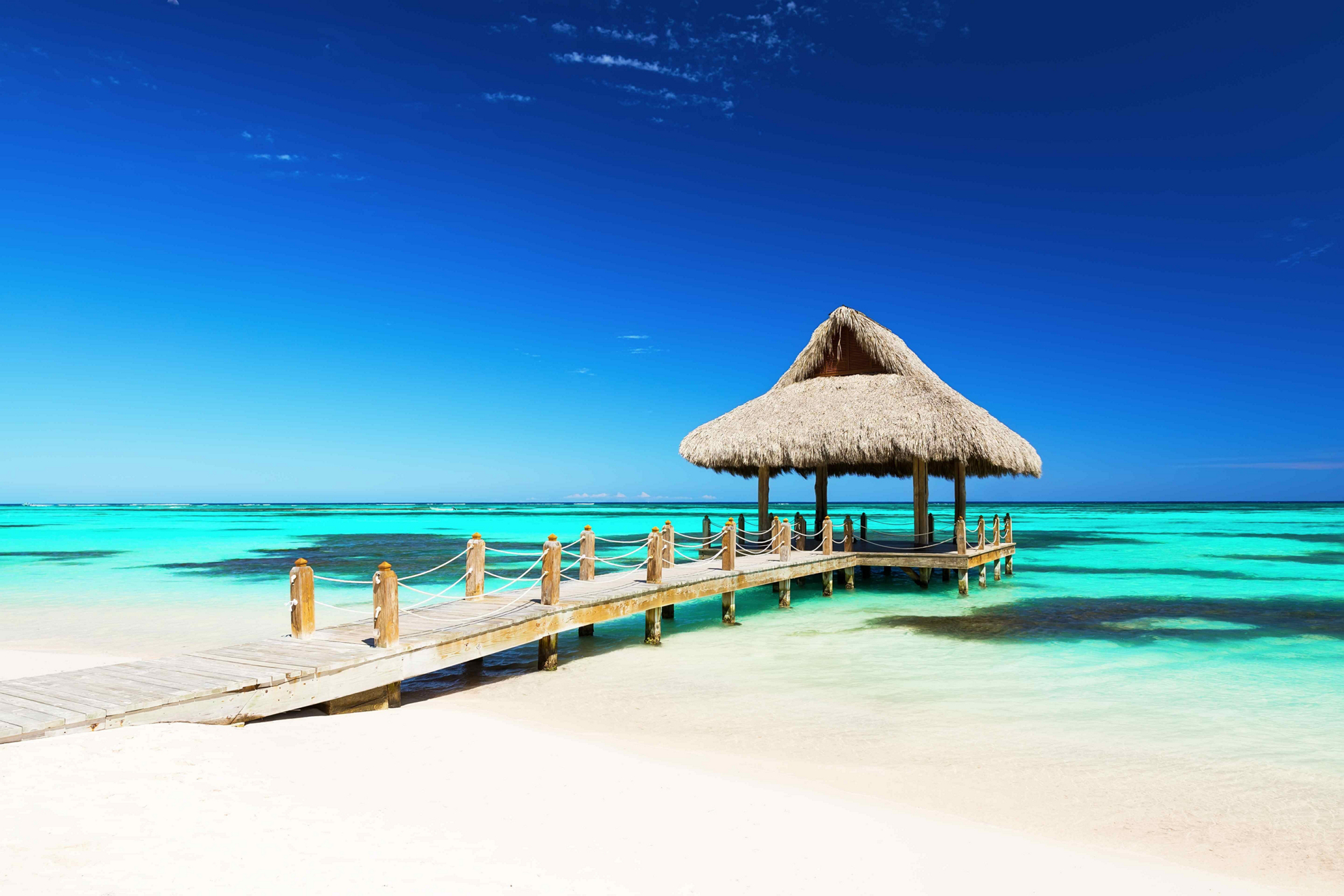

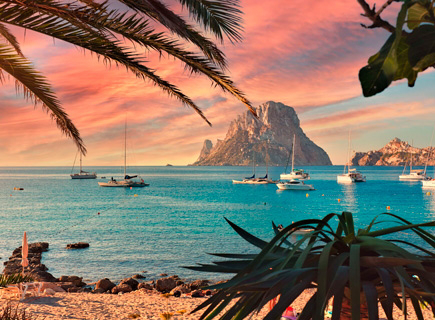
_435x320?&)

